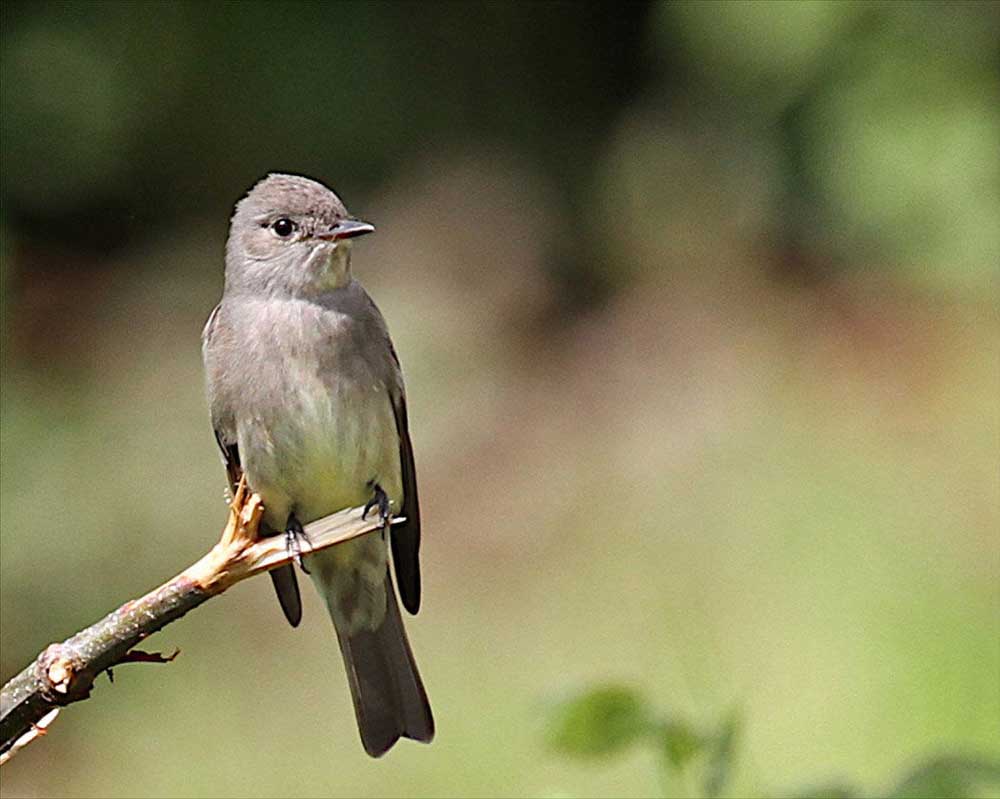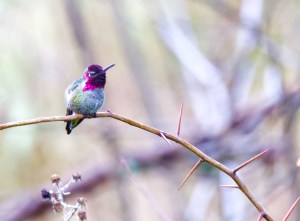Birdwatching Small flycatchers — tough to identify
Published 10:15 am Tuesday, August 25, 2015

- MADELINE KALBACH PHOTOThe Pacific-slope flycatcher is one of two species of flycatchers that make their homes here on the Long Beach Peninsula and around Willapa Bay.
There are nine species of small, drab, flycatchers, and all share similar characteristics. Voice is the best way to identify them. It is a little easier to identify our small flycatchers because we only have two of the nine species in the Willapa National Wildlife Refuge and the Peninsula. They are the Pacific-slope flycatcher and the willow flycatcher.
Trending
What makes identification even more problematic, especially at this time of year (summer), is that their plumage becomes even more drab than usual. Like most birds, they look their best in winter and during the breeding season. The Pacific-slope gives an impression of being somewhat yellowish overall, where as the willow appears to be more brownish. However, if they are flitting about in shrubs it is difficult to discern any definitive color.
Both flycatchers are just over 5 inches in size, but the willow is just slightly larger. As you would expect, the willow flycatcher prefers wet and dry thickets and willows, where as the Pacific-slope flycatcher prefers moist woods and mixed forest or coniferous woodlands.
If you hear the call, “fitz-bew” it is the willow flycatcher declaring its territory, but if you hear a high, thin, squeaky “pit-PEET SWEE” or a upward slurred “tuseet,” it is the Pacific-slope flycatcher.
Trending
“Empids” as these flycatchers are sometimes called, usually flick their tails, especially the willow. Both of these flycatchers were seen recently along the trail to the blind off 85th Street at the Tarlatt Unit.
Most flycatchers catch their favorite meal on the fly. They fly off an exposed perch to grab an insect and then land back on the perch to eat the tasty morsel just caught. In addition, they will glean insects from the leaves and foliage of shrubs. They will also eat berries and seeds.
These flycatchers are uncommon in spring and summer on the Refuge, but they do nest here. It may be difficult to see them and identify one from the other, but on walks through the correct habitat, especially during the breeding season (spring) you are bound to hear them. This is your best clue to the presence and identification of these beautiful, little flycatchers.






